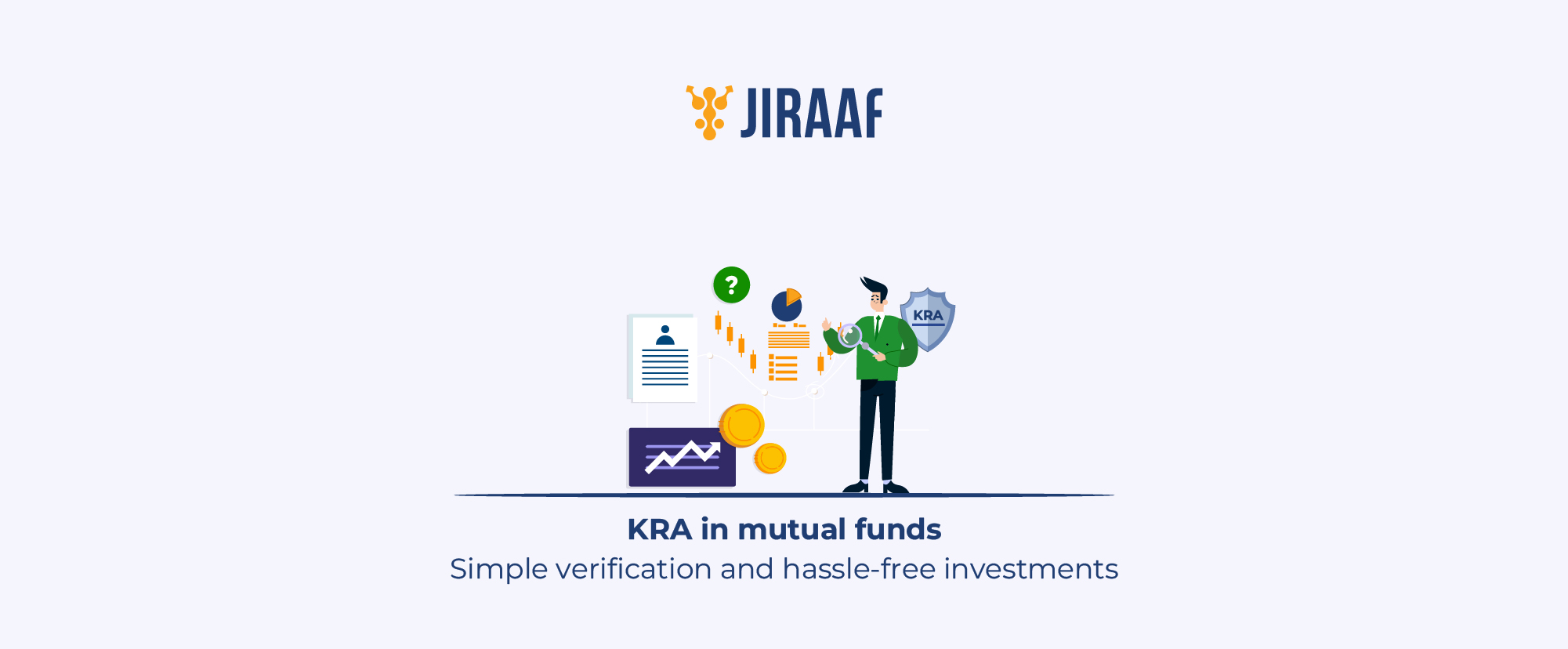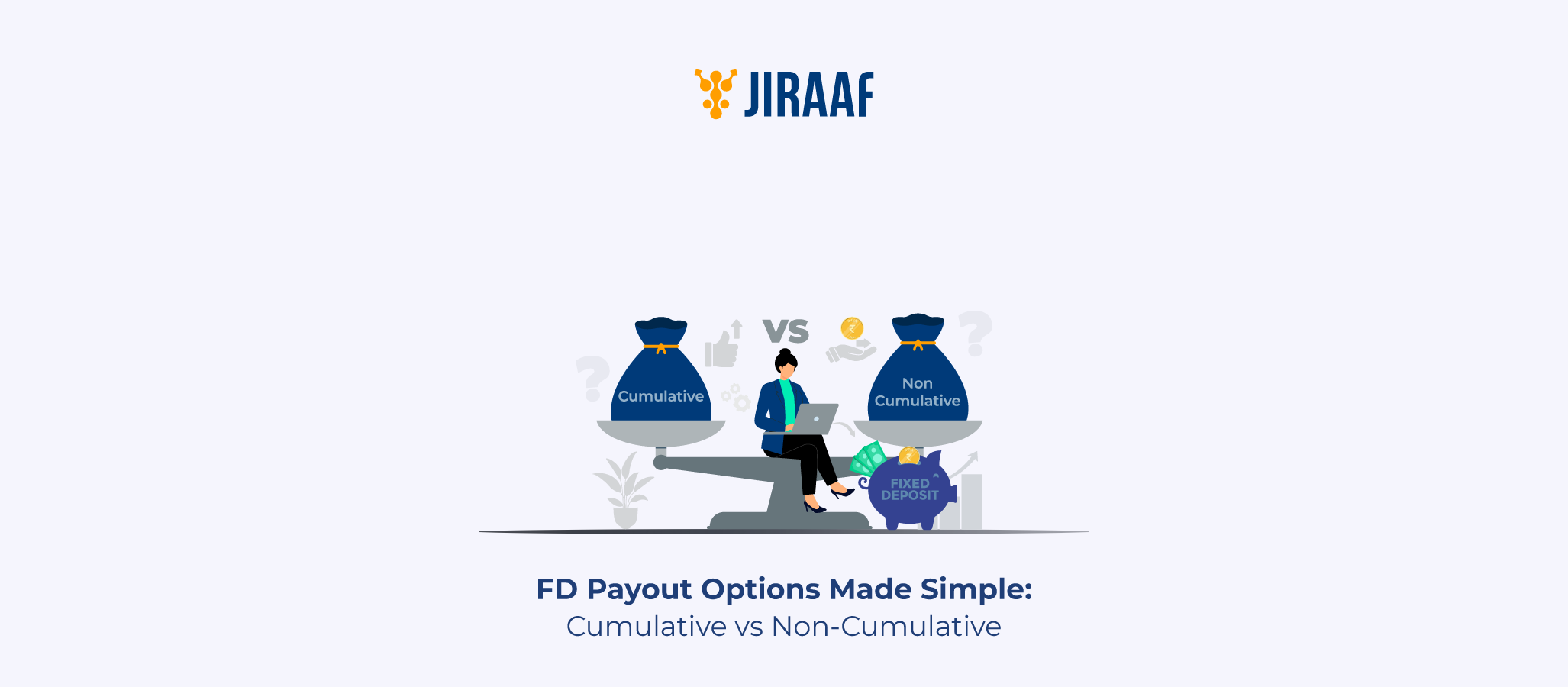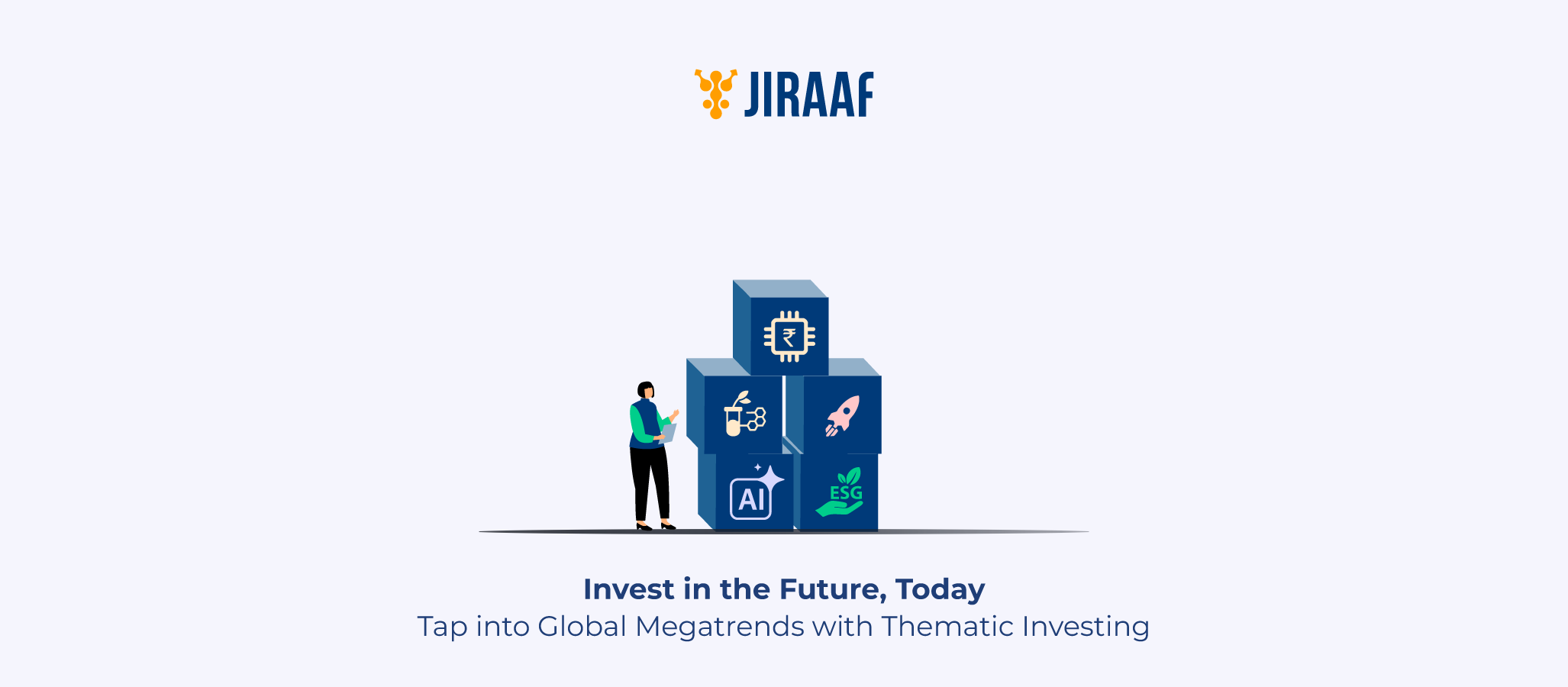Ratings from reputable organizations can be quite helpful when assessing mutual funds. These metrics—whether you’re looking at a Credit Rating Information Services of India Limited (CRISIL) mutual fund rating, a Value Research rating, or the well-known Morningstar fund rating—give you an overview of a fund’s risk tolerance, historical performance, and general quality, which can help you decide more quickly.
What Are Mutual Fund Ratings and Why Do They Matter?
Mutual fund ratings are standardized evaluations of the quality of a mutual fund. Usually summarized into a star or numerical scale, these incorporate risk-adjusted returns with other characteristics, including cost, consistency, and portfolio quality. These evaluations are significant since they:
- Give a quick standard by which other funds can be compared.
- Differentiate between funds that perform well and ones that don’t.
- Help you make decisions about asset allocation by providing information on the risk-reward profile of each fund.
How Are Mutual Funds Rated? Key Parameters Used by Rating Agencies
You can evaluate and compare mutual funds at any point by looking at their ratings. These ratings are published by credible agencies such as CRISIL, ICRA, Morningstar, Value Research, and others.
Mutual fund ratings combine both quantitative factors (like risk-adjusted returns) and qualitative insights (such as fund management quality) to give a clear picture of a scheme’s performance. By organizing this information in a simple format, they make it easier for both investors and fund houses to track and assess mutual fund performance.
CRISIL Mutual Fund Ratings: How to Read and Interpret Them
Choosing the right mutual fund can feel overwhelming with so many options out there. This is where CRISIL Mutual Fund Ratings can make your life easier. CRISIL, one of India’s top rating agencies and a part of S&P Global, evaluates hundreds of open-ended funds across equity, debt, and hybrid categories through its CRISIL Mutual Fund Ranking (CMFR) system.
The ratings are on a 1-to-5 scale, showing how a fund is performing compared to its peers:
- Rank 1: Top performers (top 10%) with very good performance.
- Rank 2: Next 20% of funds that are doing well.
- Ranks 3 to 5: Funds with moderate to lower performance.
These rankings consider risk-adjusted returns, portfolio concentration, liquidity, and asset quality, giving you a snapshot of a fund’s overall health and performance. Updated monthly (as of 2025), the ratings are perfect for investors who want a quick, reliable way to compare funds without diving deep into numbers.
Remember, while CRISIL ratings are useful, they work best alongside other factors—like expense ratios, fund manager experience, and your personal investment goals—to make smarter choices.
If you thought CRISIL made fund selection simpler, wait till you see how Value Research Fund Ratings help decode funds using a star system. Let’s explore what those stars really mean and how they can guide your investment decisions.
Value Research Fund Ratings: What Do the Stars Mean?
Value Research’s star ratings are an excellent place to start if you’re looking for funds that do well without taking on too much risk. These ratings are entirely objective, entirely quantitative, and designed to give you the confidence you need to stand out from the crowd.
Value Research calculates two separate scores—a return score, which measures how a fund’s returns stack up above the risk-free rate, and a risk score, which gauges how often (and by how much) the fund underperforms that risk-free benchmark. Subtracting the risk score from the return score gives a composite score, which captures risk-adjusted performance in one number.
From there, Value Research assigns stars based on how each fund ranks against its peers using this distribution model:
| ★★★★★ (High) | Top 10% |
| ★★★★ (Above Average) | Next 22.5% |
| ★★★ (Average) | Mid 35% |
| ★★ (Below Average) | Next 22.5% |
| ★ (Low) | Bottom 10% |
Although a 5-star fund indicates steady risk-adjusted returns, a 2-star fund can still be appropriate for your objectives, particularly if you have a specific niche in mind or foresee trend changes.
While Value Research helps you evaluate funds with its risk-adjusted star ratings, it isn’t the only system investors rely on. On a global scale, one of the most trusted benchmarks is Morningstar’s rating model. Let’s understand how their stars work and what they reveal about a fund’s true potential.
Morningstar Ratings: Understanding the Global Rating Model
Think of Morningstar’s rating system as a global financial compass—one that uses decades of data to guide your fund choices. It employs two complementary systems to give investors both a performance snapshot and a forward-looking lens:
- Morningstar Star Rating (1–5 stars)
This is a quantitative, risk-adjusted performance score based on the fund’s returns over 3-, 5-, and 10-year windows. These are weighted by tenure:
- Funds with 3–5 years of history rely solely on the 3-year rating.
- Those with 5–10 years get 60% weight to 5-year and 40% to 3-year ratings.
- Funds older than 10 years are scored with 50% weight to the 10-year, 30% to the 5-year, and 20% to the 3-year rating
- Funds are then ranked within their category: the top 10% receive 5 stars, the next 22.5% get 4 stars, the middle 35% get 3 stars, following 22.5%.
- This rating is updated monthly and provides a crisp, historical performance overview.
- Morningstar Analyst Rating (Gold, Silver, Bronze, Neutral, Negative)
This is a forward-looking, qualitative evaluation. Experts assess each fund using five pillars:
- People (team and expertise)
- Process (investment strategy and edge)
- Performance (in context)
- Parent (firm strength and ethics)
- Price (fee structure and value).
Unlike stars, this rating isn’t bound by a curve—it reflects the analysts’ conviction in a fund’s future potential based on these pillars.
Before we move on, let’s be clear: even the most reliable ratings have their blind spots. Up next, we’ll explore the limitations of mutual fund ratings because understanding what they don’t say is just as important as knowing what they do.
Limitations of Mutual Fund Ratings
Ratings are useful, yet they have some blind spots:
- Peer comparison bias: Funds may lag broader market trends or gambling genres due to peer comparison bias.
- Past records: Since CRISIL employs overlapping windows, historical data may not accurately represent current events.
- Transparency of expenses and loading: Value Research does not incorporate entry loads, whereas CRISIL does so indirectly through NAV, which could distort comparisons.
- Subjectivity and methodological changes: Some may overemphasize metrics, while some ratings may fluctuate over time.
- They are often looking backwards, evaluating past data rather than forecasting success in the future.
Ratings aren’t the final word, but they’re a powerful starting point. Here’s how to make them work in your favor when picking mutual funds.
How to Use Ratings to Choose the Right Mutual Fund
When choosing a mutual fund based on ratings, begin by shortlisting schemes that have consistently earned strong scores from trusted agencies like CRISIL, Value Research, or Morningstar.
Always compare funds within the same category, for example, large-cap equity or short-duration debt and focus on those with top-tier ratings such as CRISIL Rank 1 or a 5-star Value Research score. From there, dig deeper into metrics beyond ratings, including the expense ratio, Sharpe ratio, portfolio mix, and the fund manager’s tenure, to get a complete picture.
High ratings often point to strong past performance, but smart investing goes further. Align the fund’s risk profile and strategy with your personal financial goals, look for consistency and a proven track record, and ensure it fits seamlessly into your overall asset allocation. Remember that ratings are a great starting point, but long-term success depends on evaluating the bigger picture.
Conclusion
Mutual fund ratings from reputable institutions can help you quickly evaluate funds based on risk, return, and consistency. They break down complex data into simple, actionable insights.
However, ratings are simply starting points. Before investing, investigate the fund’s expenses, portfolio composition, asset allocation, and manager qualifications. Combine quantitative ratings with your financial goals, risk tolerance, and portfolio diversification strategy, and you’ll be well-positioned to make smart investing decisions.









